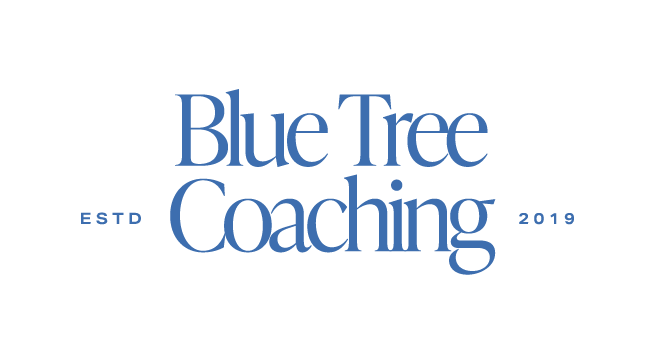CATEGORIES
“Success is not the key to happiness, happiness is the key to success.” – Albert Schweitzer
I think it’s safe to say that all of us, at least at one time or another, fall into the trap of thinking we will be happy when we achieve some metric. Now the metric varies from person to person, but our thinking around the sequence of the metric is the same:
What we think is basically:
Step 1: achieve or obtain the thing.
Step 2: feel happy.
And yes, there is evidence all around us that suggests this is the case. We see people achieve/obtain and then express deep satisfaction and happiness. Some obvious examples we see both in real life and in popular culture:
- Girl meets boy, or girl, falls in love, and is happy
- Business person hits a big money goal and is happy
- College grad lands great job and is happy
- Artist wins prestigious award and is – you guessed it – happy
- And let’s not forget the mundane – having a great meal, taking a great trip, buying a great pair of heels → happy
The common theme here is that the achievement or obtainment precedes and causes the happiness.
The pursuit of happiness is almost hardwired into us, particularly in the United States. It’s even codified into The Declaration of Independence: “Life, liberty, and the pursuit of independence: these are the 3 unalienable rights of all people.” That is quite a statement, especially back in 1776!!
It took over 200 more years for science to dive into what actually goes into creating happiness for people. That is when the field of positive psychology was born, in the late 1990s. Up until that time, the entire field of psychology was devoted to addressing problems such as mental illness.
But then, psychologist Martin Seligman got curious about happiness. He wondered whether happiness was more than just the absence of mental illness or sadness. Thus, the field of positive psychology was born, which is a systematic and scientific look at what makes people happy and fulfilled.
And it showed us that we had it backwards, at least in some significant respects. Here’s what the research actually shows. The chronology is as follows:
- Create happiness
- Achieve success (which may, obviously, beget more happiness)
Mind-blowing, right? What’s more is that we can create happiness. It comes from what we do, not who we are. It’s not like a genetic lottery kind of thing, nor is it static.
Research shows that people actively who cultivate happiness:
- Have better health (less strokes, heart attacks, pain, inflammation)
- Develop more resilience
- Have better work performance and more professional success
- Have more fulfilling marriages
- Have deeper friendships
- Have a greater positive impact in their communities
- Make more money
So, the million dollar question is this: how do we become happier? The research is all about daily actions – habits if you will – that are scientifically proven to make us happier overall. Here is a handful of easy “to-dos” that anyone can fit into their daily lives. These are 4 proven strategies:
- Each morning, write down 3 things you’re grateful for. Better yet, find a “gratitude buddy” and text each other 3 things every day. You’ll inspire each other, keep each other accountable, and foster a deeper connection with each other.
- Journal for 2 minutes a day about a positive experience you had the day before. Be specific about what it looked and felt like. This practice actually works to prime our brains to look for the good in our lives. It’s like shining a flashlight on the positive, which will make you feel better and happier.
- Move daily. Even for just 15 minutes.
- Sit and follow your breath for 2 minutes (ie meditate, but this word can scare people off) – just get comfortable, close your eyes, and with your mind’s eye notice your inhales and your exhales.
- Read 10 pages of a good, inspiring book a day.
P.S. Side Gig School is open for enrollment! Click here to learn more.

